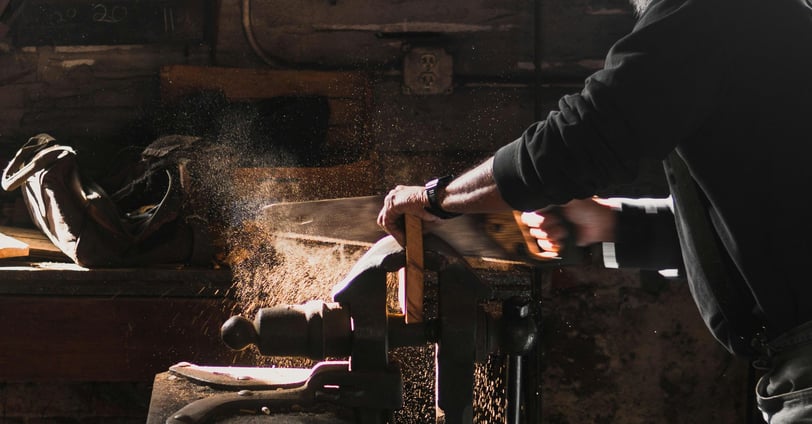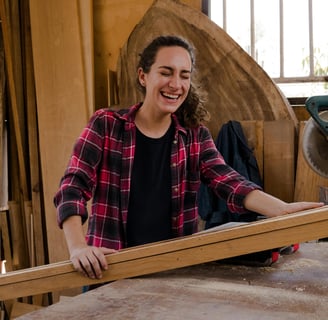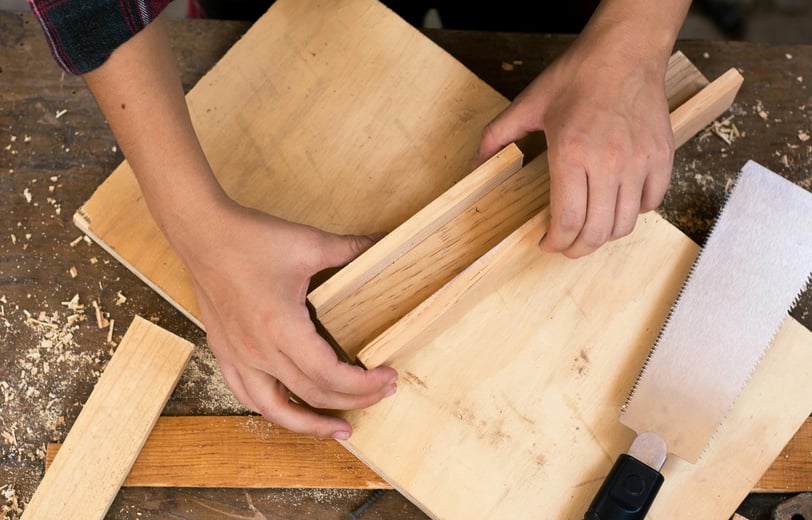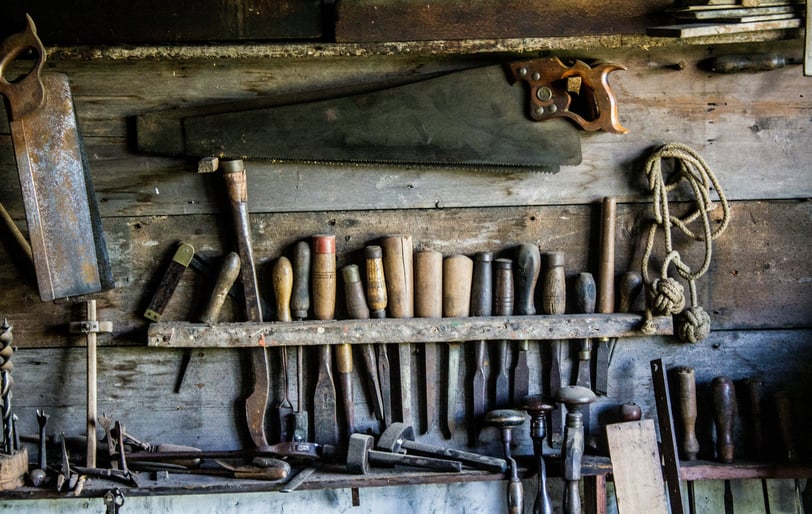Mastering Woodworking with Essential Wood Tips for Every Skill Level
Discover expert wood tips to enhance your woodworking skills. Learn about choosing the right wood, cutting, sanding, joining, and finishing for perfect results.


Woodworking is, in my opinion, both an art and a skill that really requires patience, precision, and a solid understanding of the craft. I’ve noticed that whether you're just starting out or you've been working with wood for years, grasping some essential wood tips can make a huge difference in how your projects turn out. From choosing the right type of wood to properly maintaining your tools, these insights can truly help you achieve results that feel like they come straight from a professional's workshop.
Choosing the Right Wood for Your Project
One of the most fundamental wood tips is selecting the appropriate type of wood for your project. Different woods have varying textures, densities, and durability levels, affecting the final outcome of your work.
Hardwood vs. Softwood: Hardwoods like oak, maple, and walnut are ideal for furniture and flooring due to their durability. Softwoods like pine and cedar are easier to work with and are great for DIY projects.
Moisture Content: Wood should be properly dried to prevent warping and cracking. Kiln-dried wood is the best choice for consistency.
Grain and Texture: Consider the grain pattern and texture, as they impact the aesthetic and functionality of your project.
Proper Wood Cutting Techniques
Cutting wood accurately is a skill that can significantly affect the quality of your final piece. Follow these wood tips for precision and safety:
Use the Right Saw: A table saw provides straight cuts, while a jigsaw is perfect for curves and intricate details.
Measure Twice, Cut Once: Always double-check your measurements to avoid waste and ensure accuracy.
Clamp Your Wood: Secure your piece to prevent movement and maintain control during cutting.
Essential Sanding Techniques for a Smooth Finish
Sanding is a crucial step in woodworking that enhances the final appearance and feel of your project. These wood tips will help you achieve a professional finish:
Start with Coarse Grit: Begin sanding with a coarse grit (60-80) to remove imperfections.
Progress to Finer Grits: Gradually work your way up to finer grits (150-220) for a smooth surface.
Sand Along the Grain: Always sand in the direction of the wood grain to avoid scratches and uneven surfaces.
Effective Wood Joining Methods
Strong and seamless joints are vital for durable woodworking projects. Consider these wood tips for effective joining:
Use Wood Glue: High-quality wood glue adds strength to joints and prevents gaps.
Choose the Right Joint Type: Dovetail joints are excellent for drawers, while butt joints are simple yet effective for basic structures.
Reinforce with Screws or Dowels: Adding screws, nails, or wooden dowels increases the stability of the joints.
Finishing Touches for Longevity
Applying a protective finish enhances the beauty of wood and increases its lifespan. Follow these wood tips for the best results:
Choose the Right Finish: Polyurethane provides a durable coating, while tung oil enhances natural grain patterns.
Apply Thin Coats: Several thin coats are better than one thick coat for an even finish.
Allow Proper Drying Time: Let each coat dry completely before applying the next layer.
Maintaining Your Woodworking Tools
Well-maintained tools ensure accuracy and efficiency. Keep these wood tips in mind to prolong the life of your equipment:
Sharpen Blades Regularly: Dull blades can lead to rough cuts and safety hazards.
Keep Tools Clean: Remove sawdust and debris after each use to maintain performance.
Store Properly: Keep tools in a dry place to prevent rust and deterioration.
I believe mastering woodworking really comes down to learning the best wood tips and applying them to your craft. I’ve noticed that whether you're selecting the right materials, making precise cuts, or finishing with care, these expert insights can make a big difference in creating stunning, durable projects. In my opinion, with practice and dedication, you can refine your skills over time and turn your woodworking passion into truly remarkable creations.






